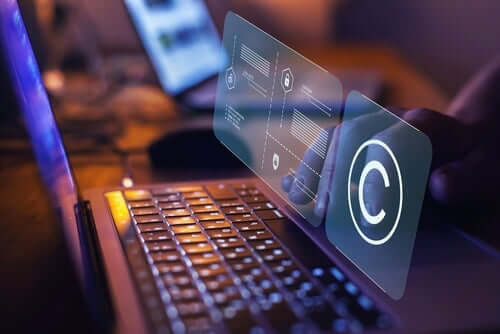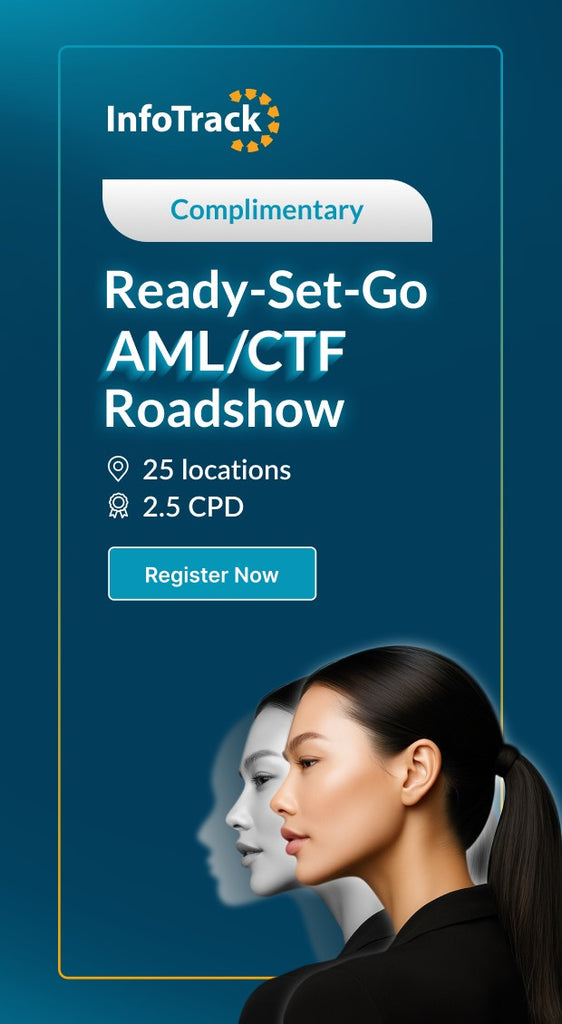
IP Digital Age Protection: Challenges and Solutions
The digital age has brought about significant changes in the production, reception, and dissemination of media. With the proliferation of the internet, social media, and mobile devices, it has become easier than ever to create and share multimedia files, including music, films, photographs, and written works. However, the ease of copying and sharing media files in the digital age poses significant challenges to copyright protection.
According to WIPO, the Copyright law of a country grants authors, composers, software writers, website designers, and other creators legal protection for their literary and artistic creations, which are usually referred to as "works”.
Copyright is a legal protection granted to authors of literary, artistic, musical, dramatic, and other works of authorship, as well as developers of software, photos, and other kinds of creative expression. The author or creator of an original work retains all authority over its copying, dissemination, public exhibition, and adaptation under copyright law.
The digital era is the current epoch in which digital technologies such as computers, the internet, and mobile devices are pervasive and have dramatically altered how people interact socially, professionally, and personally.
In April 2020, the Court of Justice of the European Union (CJEU) made a ruling regarding Amazon's role as an intermediary and whether it was committing trademark infringement by selling products on its e-commerce platform that violated trademark rights.
In recent years, there has been a significant dispute between tech giants over intellectual property, particularly software patents. Google was accused by Oracle, the owner of the Java programming language, of violating copyright laws by using lines of Java SE code in Android and was demanded $9 billion in compensation. However, the U.S. Supreme Court recently brought an end to this decade-long legal battle by ruling that Google has the legal right to use Java code snippets. This ruling established a major precedent in the technology industry regarding the interpretation of copyright laws regarding software.
This article discusses the difficulties of enforcing copyright in the digital era and provides suggestions for overcoming them.
Challenges in the Digital Era
The digital era has presented new challenges for copyright protection. Some of the key difficulties are described below.
As digital technologies have progressed, it has become increasingly easy to duplicate and distribute protected works, resulting in the rise of piracy and copyright violations. The digital age makes it difficult to police and monitor the distribution and usage of protected works, as the release of a digital copy online allows for unlimited downloads and sharing.
Given the ease with which works may be copied and distributed, establishing ownership of copyrighted content in the digital era may be complicated. Additionally, enforcing copyright rules can be challenging in the modern day, as digital information may be shared across borders and jurisdictions.
Furthermore, using copyrighted works for non-commercial purposes without the owner's consent is possible under the principle of fair use. However, enforcing copyright rules may be difficult because of the complexity and subjectivity involved in evaluating what constitutes fair usage.
The proliferation of social media and user-generated content platforms has made it easier than ever for people to produce and disseminate their material. However, this may also make it harder to enforce copyright rules and identify the rightful owner of a piece.
Finally, new digital tools such as blockchain and artificial intelligence are changing the production, dissemination, and reception of media in the era of the Internet. It might be difficult to anticipate the effects of new technology on copyright regulations.
Solutions for the new-age
Balancing copyright protection with the public's access to knowledge and creative expression is a challenging task in the digital age.
Digital Rights Management (DRM) is a system that limits who may see and copy digital files to stop illegal distribution. It may be used to prevent the illegal copying of media and books that have copyright protections.
Watermarking is the practice of adding a secret code to digital media files to prevent duplication. It may be used to trace information back to its original creator and prevent copying.
Educating users about copyright laws and the penalties for infringement is also crucial to promoting responsible use. Further, a collaboration between governments, businesses, and international organizations can ensure that copyright rules are consistently enforced worldwide. Creative Commons Licensing provides creators with a way to retain their copyright while still granting others access to their work for various purposes.
Blockchain technology can be used to monitor and regulate the circulation and use of copyrighted works. Collaborative content protection involving content producers, publishers, technology suppliers, and legal professionals can result in more effective copyright protection methods.
The legal principle of fair use allows for limited use of copyrighted works without the owner's consent, but guidelines for fair use should be developed to ensure responsible use while protecting the rights of copyright holders. Finding a balance between openness and security is crucial for the continued growth of knowledge and creativity in the digital age.
Obstacle or Opportunity
In summary, the digital age has brought about numerous obstacles to copyright protection. However, it has also given rise to inventive resources that authors and publishers can employ to safeguard their intellectual property. The challenges of the digital era can be tackled by implementing measures such as digital rights management, watermarking, and educating people on copyright laws. It is crucial to keep a watchful eye on how new technologies impact copyright enforcement and maintain a just equilibrium between openness and security. With the right safeguards, it is possible to promote creativity, innovation, and responsible use of copyrighted works in the digital age.





